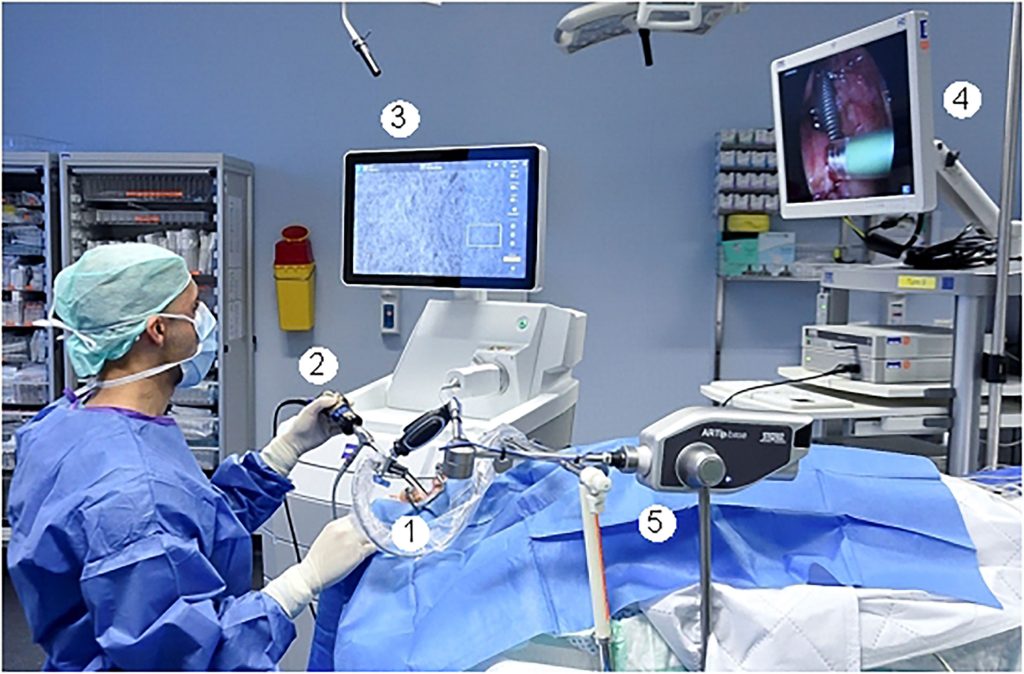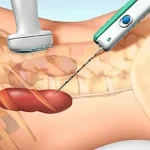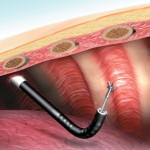
A panendoscopy is a test to look at your upper airway. This includes your:
- mouth
- nose
- throat
- voice box
- top of your food pipe
A specialist doctor does the test using a panendoscope, which is a series of connected telescopes. They look through one end and there is a camera and light at the other.
Why you have it
You might have a panendoscopy to:
- get a more detailed look at an abnormal area
- take tissue samples from an abnormal area (a biopsy)
This is a common test if you have symptoms that could be due to head and neck cancer.
Before your test
You have a panendoscopy under general anaesthetic in the operating theatre. This means you are asleep for the test.
Before your anaesthetic you:
- stop eating for about 6 hours but can still drink clear fluids up to 2 hours before
- change into a hospital gown
- take off jewellery (except for a wedding ring)
- take off make up, including nail varnish
- remove contact lenses and false teeth
You can usually keep false teeth in until you get to the anaesthetic room.
What happens during the test
The anaesthetist puts a small tube into a vein in your arm (cannula). You have any fluids and medicines you need through the cannula, including the general anaesthetic. This sends you into a deep sleep. When you wake up, the test will be over.
For the test, your doctor gently puts the panendoscope up your nose and down into your throat. They look at:
- the back of your nose and throat
- the voice box (larynx)
- food pipe (oesophagus)
- windpipe (trachea)
- breathing tubes (bronchi)
They can take biopsies of any abnormal areas and send these to the laboratory.

After your test
You can go home as soon as you have recovered from the anaesthetic. This is usually on the same day.
Panendoscopy is usually a safe procedure, but your nurse will tell you who to contact if you have any problems after your test.
You may have a sore throat for a few days after the panendoscopy, but this usually settles by itself. You may notice some blood in your saliva if you’ve had biopsies taken. But this should only last a day. Let the hospital know if you have any pain or bleeding that doesn’t go away or gets worse.
Getting your results
You usually get the results within 2 weeks. The doctor who arranged the biopsy will give them to you.
Waiting for test results can be worrying. It may help to talk to a close friend or relative about how you feel. They may go with you to get the results for support.



